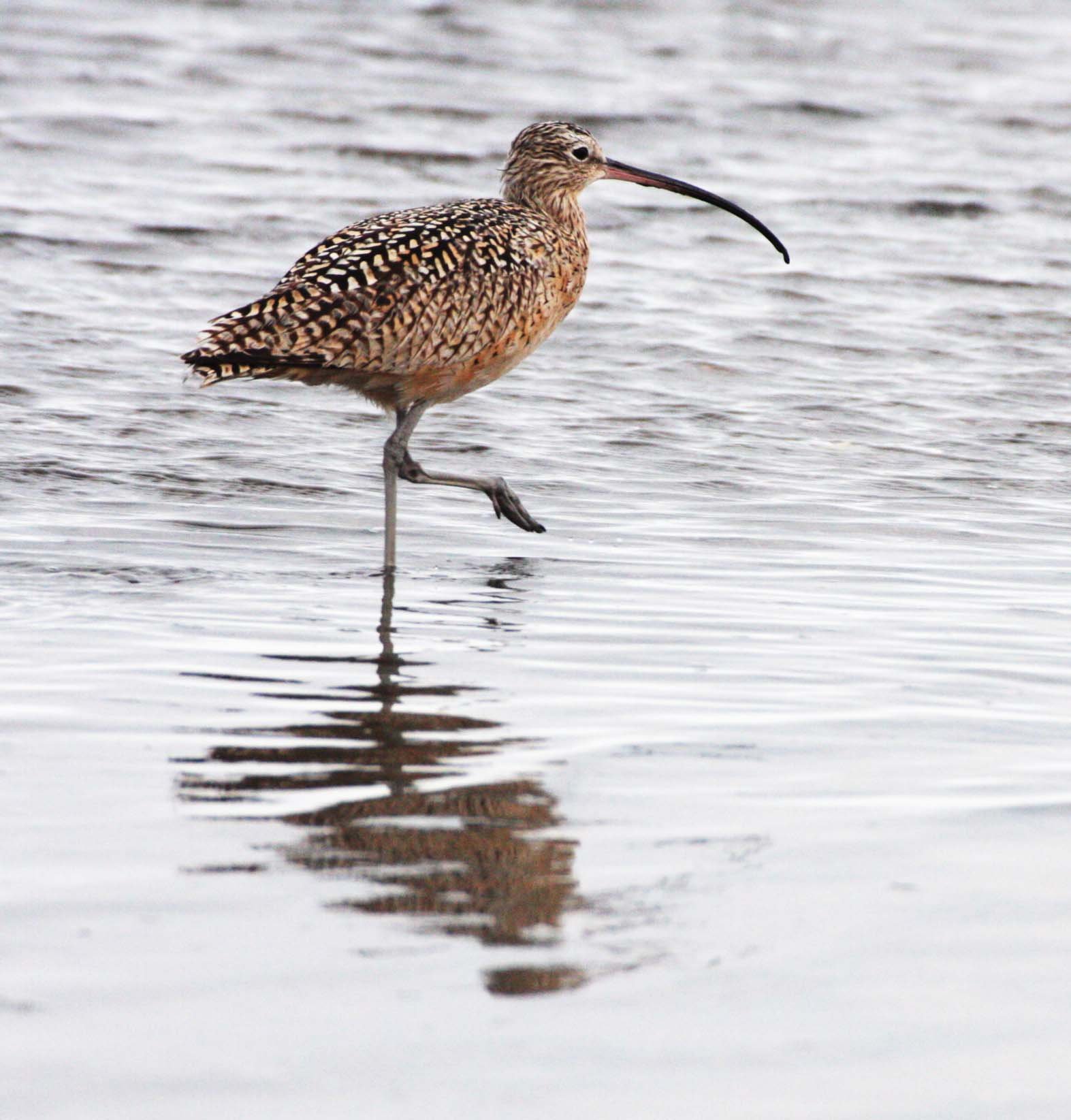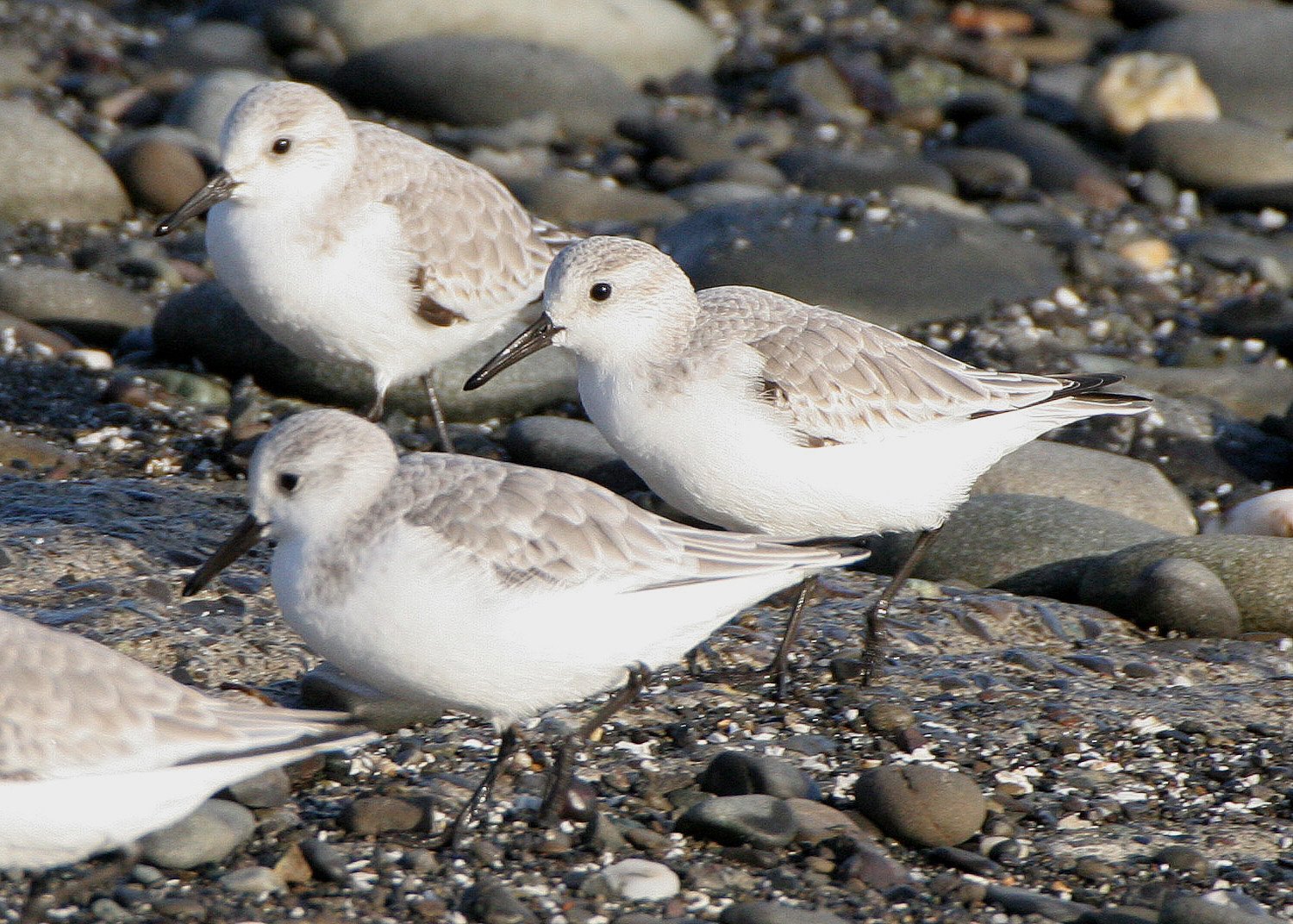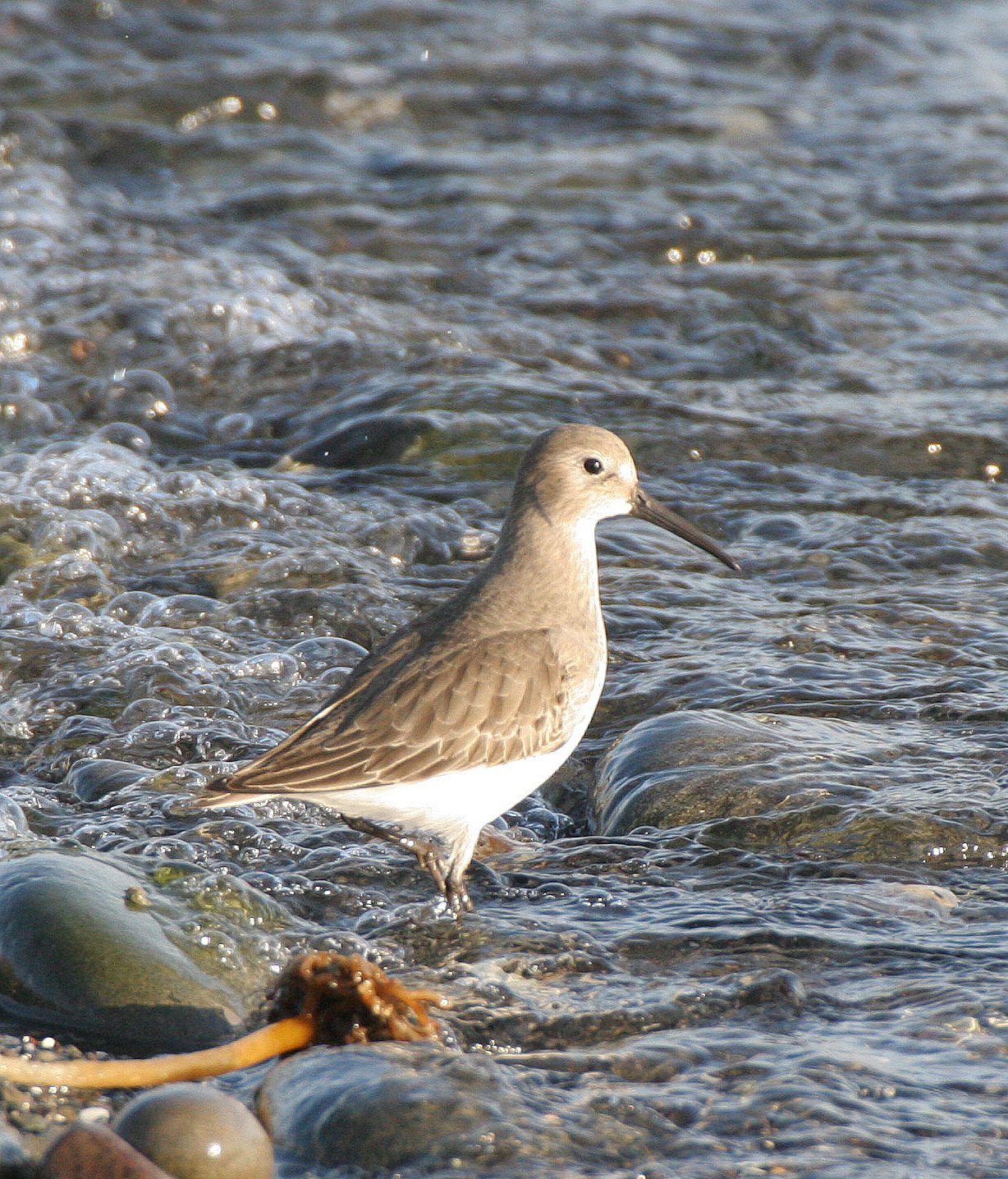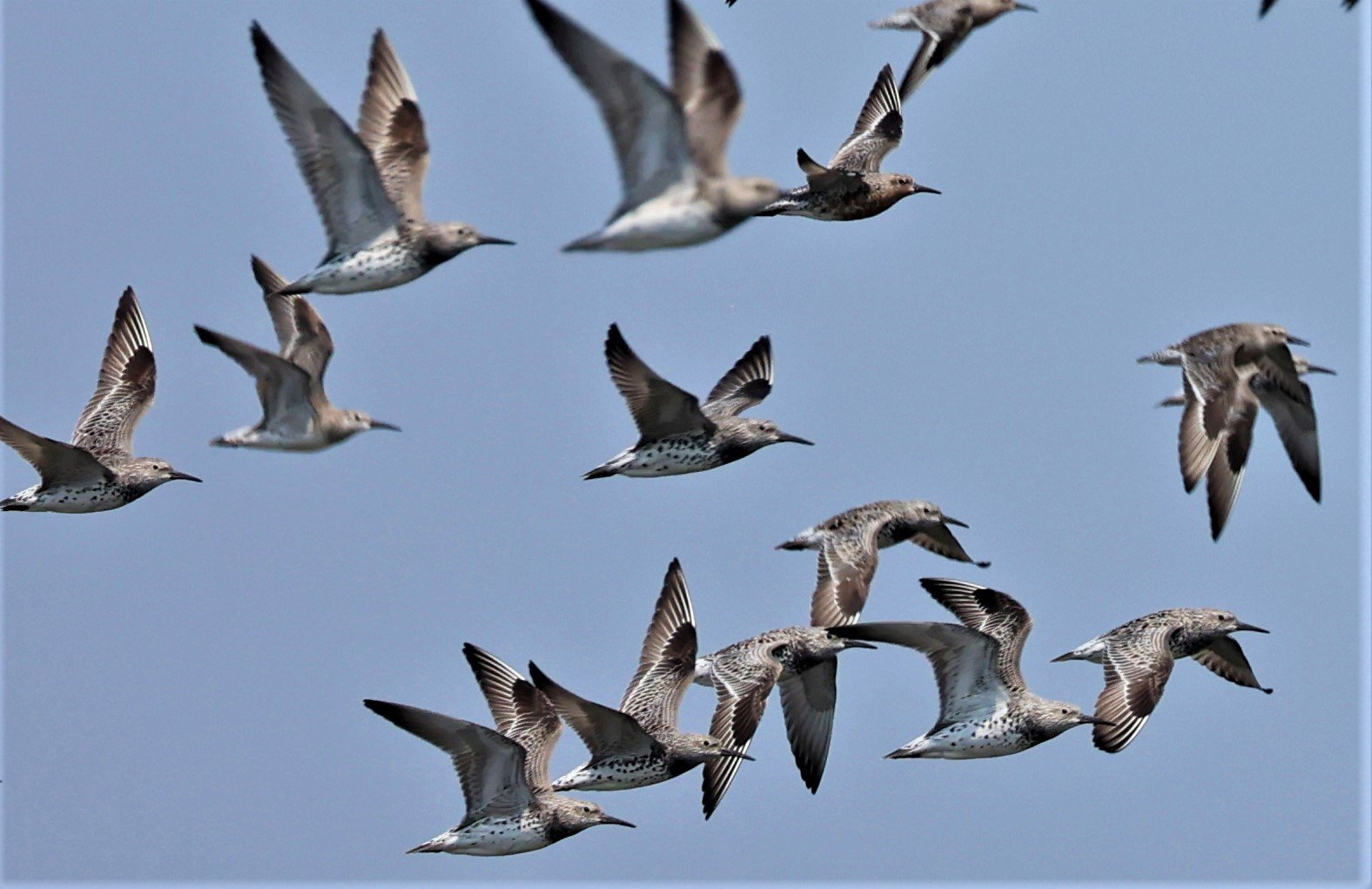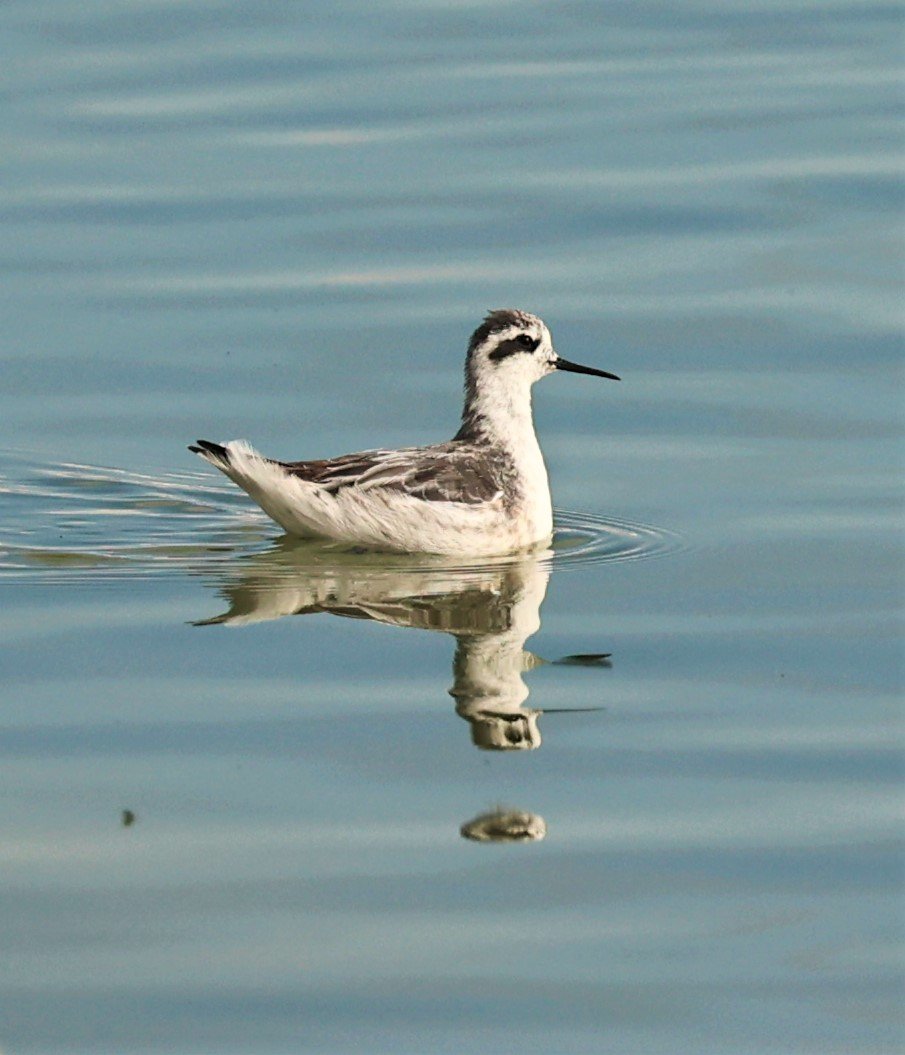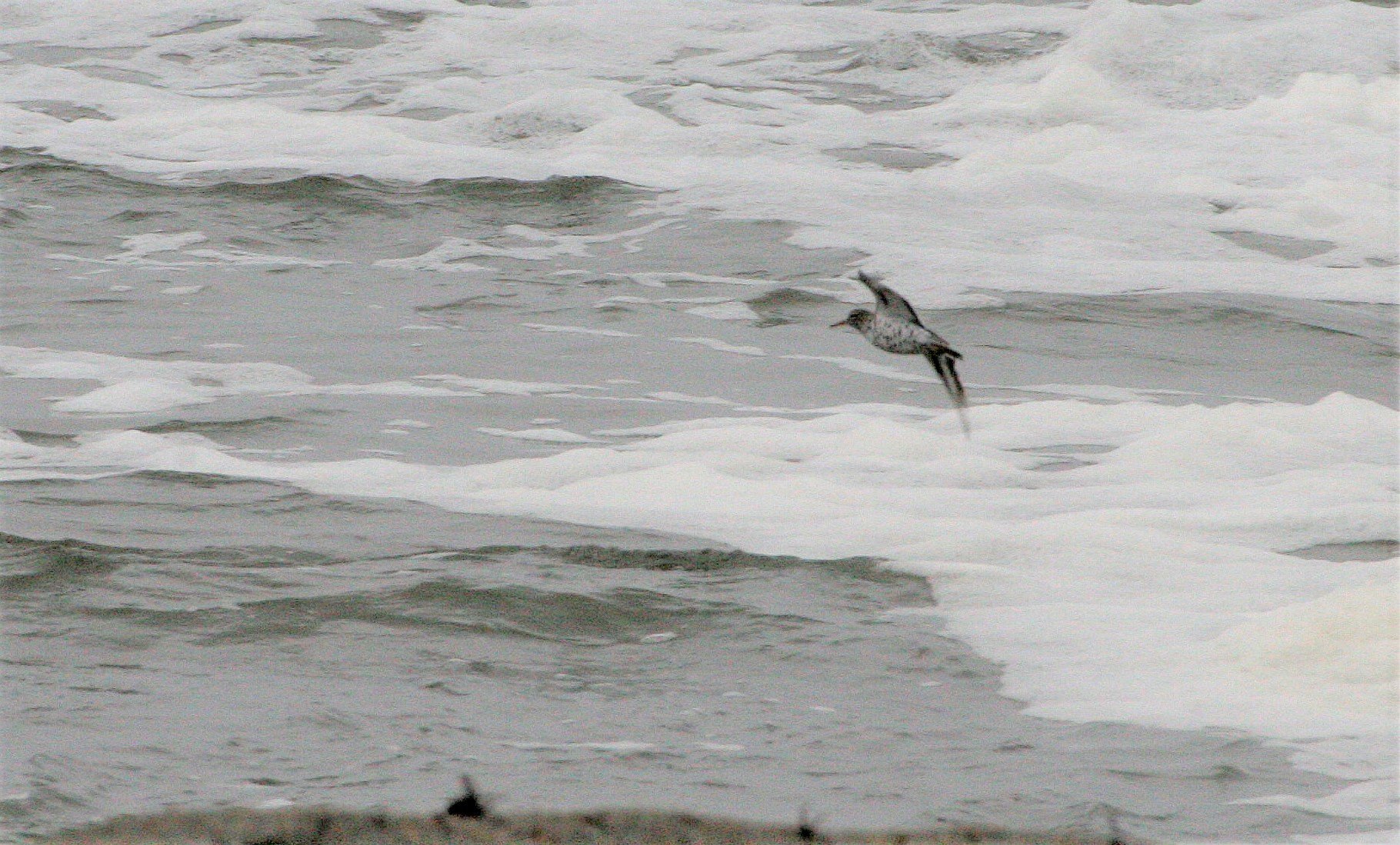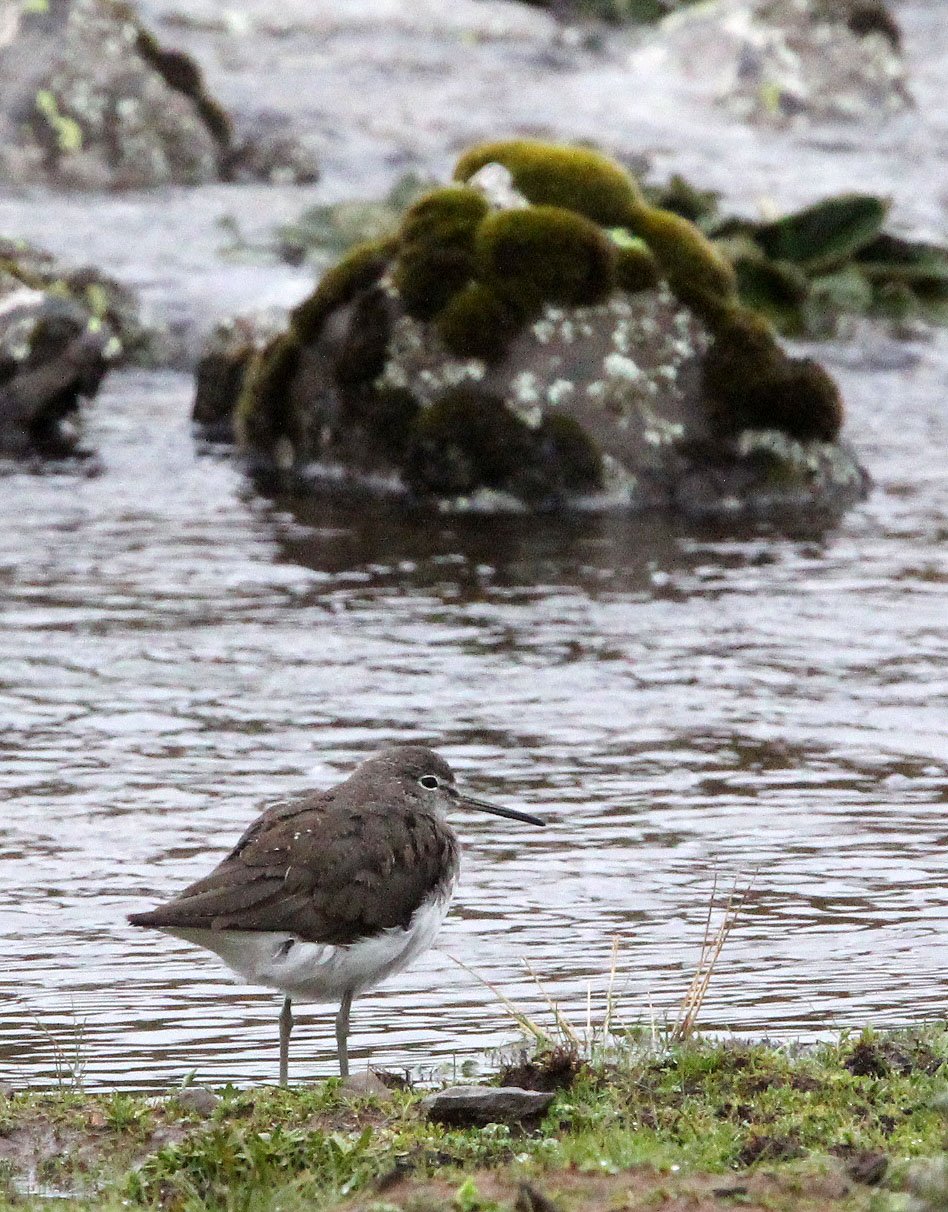
Family Scolopacidae, the Waders

Sandpipers are a large family, Scolopacidae, of waders. They include many species called sandpipers, as well as those called by names such as curlew and snipe. The majority of these species eat small invertebrates picked out of the mud or soil. Different lengths of bills enable different species to feed in the same habitat, particularly on the coast, without direct competition for food.
Sandpipers have long bodies and legs, and narrow wings. Most species have a narrow bill, but otherwise the form and length are quite variable. They are small to medium-sized birds, measuring 12 to 66 cm (4.7–26.0 in) in length. The bills are sensitive, allowing the birds to feel the mud and sand as they probe for food. They generally have dull plumage, with cryptic brown, grey, or streaked patterns, although some display brighter colours during the breeding season.
Most species nest in open areas, and defend their territories with aerial displays. The nest itself is a simple scrape in the ground, in which the bird typically lays three or four eggs. The young of most species are precocial.
The sandpipers have a cosmopolitan distribution, occurring across most of the world's land surfaces except for Antarctica and the driest deserts. A majority of the family breed at moderate to high latitudes in the Northern Hemisphere, in fact accounting for the most northerly breeding birds in the world. Only a few species breed in tropical regions, ten of which are snipes and woodcocks and the remaining species being the unusual Tuamotu sandpiper, which breeds in French Polynesia (although prior to the arrival of humans in the Pacific there were several other closely related species of Polynesian sandpiper).

Eurasian Whimbrel (Numenius phaeopus), Thaihland
Hudsonian whimbrel (Numenius hudsonicus), North America
Long-billed curlew (Numenius americanus) Western USA & Baja California

Eurasian curlew (Numenius arquata)

Black-tailed Godwit, (Limosa limosa) Thailand
Bar-tailed Godwit (Limosa lapponica) Thailand, Eastern China
Marbled Godwit (Limosa fedoa) West Coast North America

Ruddy Turnstone (Arenaria interpres) Thailand, South Asia
Black Turnstone (Arenaria melanocephala) Olympic Peninsula, WA
Ruff (Calidris pugnax) Thailand, South Asia, Africa

Broad-billed sandpiper, (Calidris falcinellus) Thailand, Eastern China
Curlew sandpiper, (Calidris ferruginea), Thailand
Temminck's stint, (Calidris temminckii) Thailand

Long-toed stint (Calidris subminuta) Thailand
Spoon-billed sandpiper (Calidris pygmaea)
Red-necked stint, (Calidris ruficollis) Thailand

Sanderling, (Calidris alba)
Dunlin (Calidris alpina) West Coast North America, China
Purple sandpiper (Calidris maritima) Svalbard

Little Stint (Calidris minuta), Gujarat
Least sandpiper (Calidris minutilla)
White-rumped Sandpiper (Calidris fuscicollis) Norway

Great knot (Calidris tenuirostris) Thailand
Red knot (Calidris canutus) Thailand

Long-billed Dowitcher (Limnodromus scolopaceus) Western USA
Asian dowitcher (Limnodromus semipalmatus) Thailand, China

Pin-tailed snipe (Gallinago stenura) Thailand
Common snipe (Gallinago gallinago)
Fuegian snipe (Gallinago stricklandii) Tierra del Fuego, Argentina

Terek Sandpiper (Xenus cinereus), Thailand, Russia
Red-necked phalarope (Phalaropus lobatus) Western USA, Kuril Islands, Thailand

Common Sandpiper (Actitis hypoleucos) Thailand and South Asia
Spotted sandpiper (Actitis macularia) Washington

Green Sandpiper (Tringa ochropus) India, Ethiopia
Spotted redshank, (Tringa erythropus)
Solitary sandpiper, (Tringa solitaria) Midwest USA

Grey-tailed tattler (Tringa (Heteroscelus) brevipes) Thailand
Common greenshank (Tringa nebularia) Thailand & South Asia
Common redshank (Tringa totanus) Thailand

Marsh sandpiper (Tringa stagnatilis) Thailand
Wood Sandpiper (Tringa glareola) India, Thailand
Nordmann's greenshank (Tringa guttifer) China & Thailand

Greater Yellowlegs (Tringa melanoleuca) Western USA
Willet (Tringa semipalmata) – formerly Catoptrophorus semipalmatus



